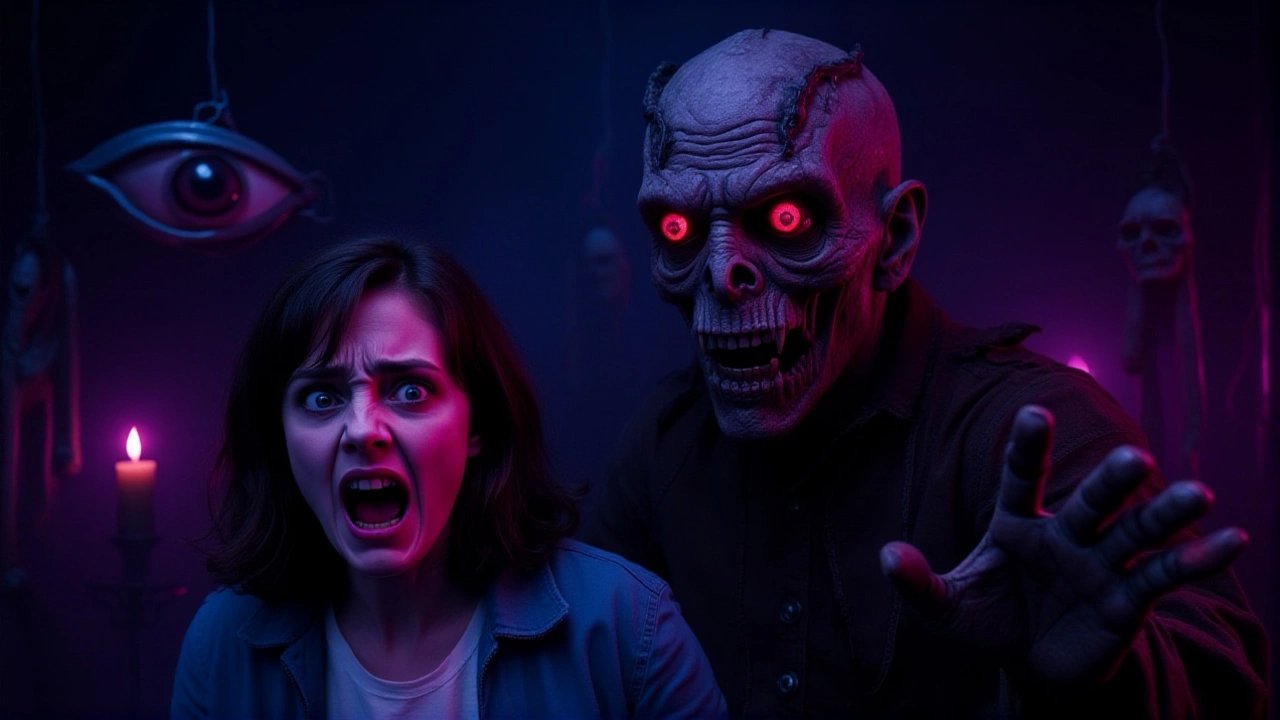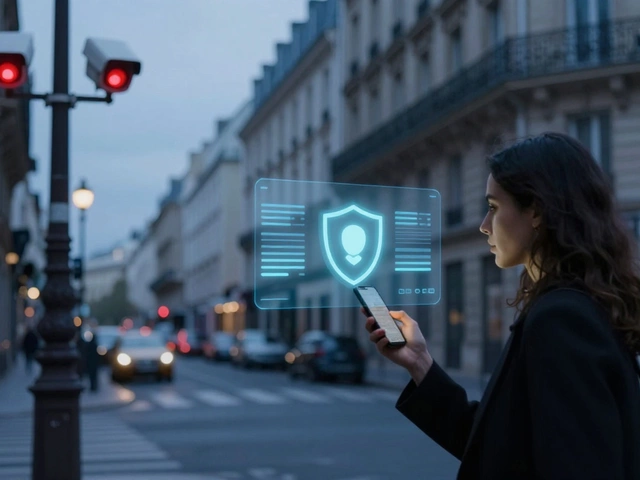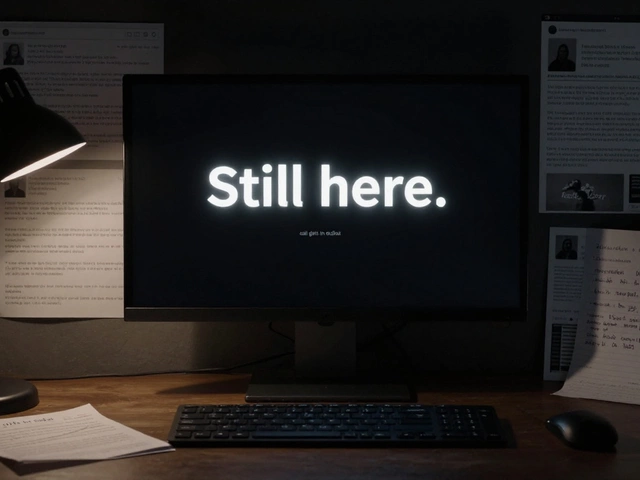Essay Expert Online
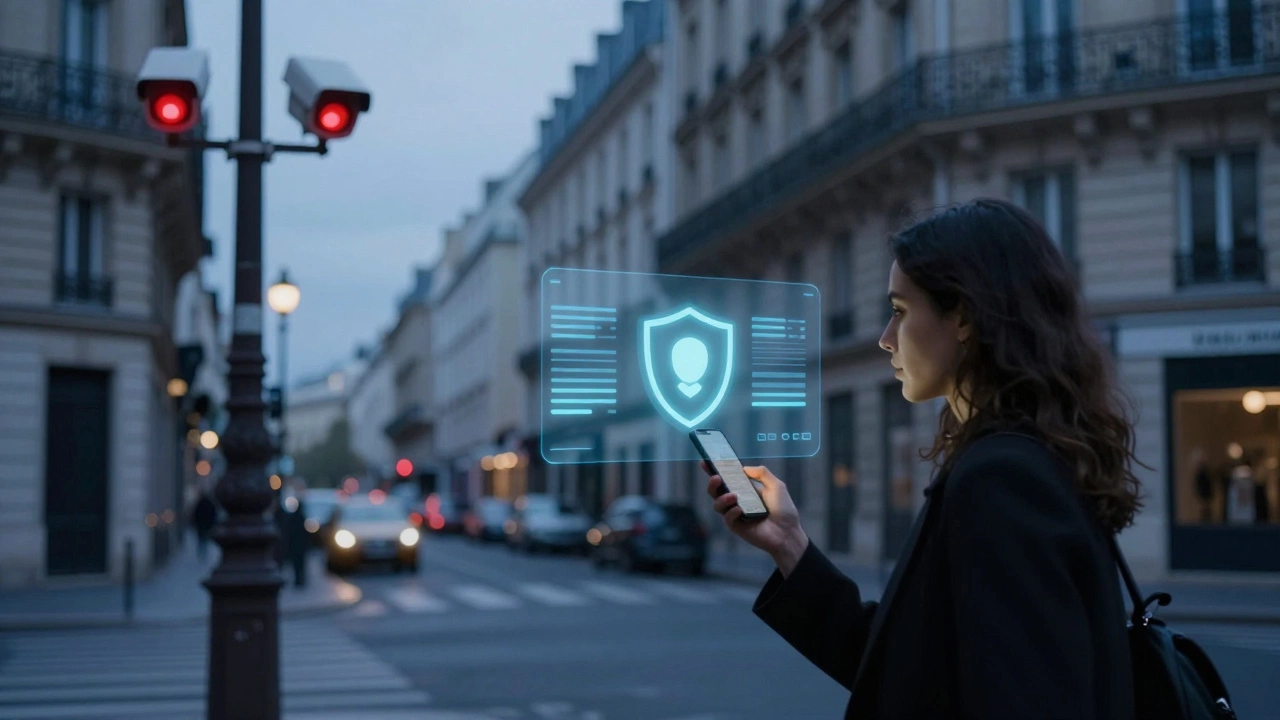
France - Privacy Concerns May Finally Be Laid to Rest
by Drayton Everhart / 4 Dec 2025France has strengthened its privacy laws significantly, enforcing strict data rules that now protect citizens better than ever. From fines to mandatory transparency, the country is setting a new standard for digital rights in Europe.
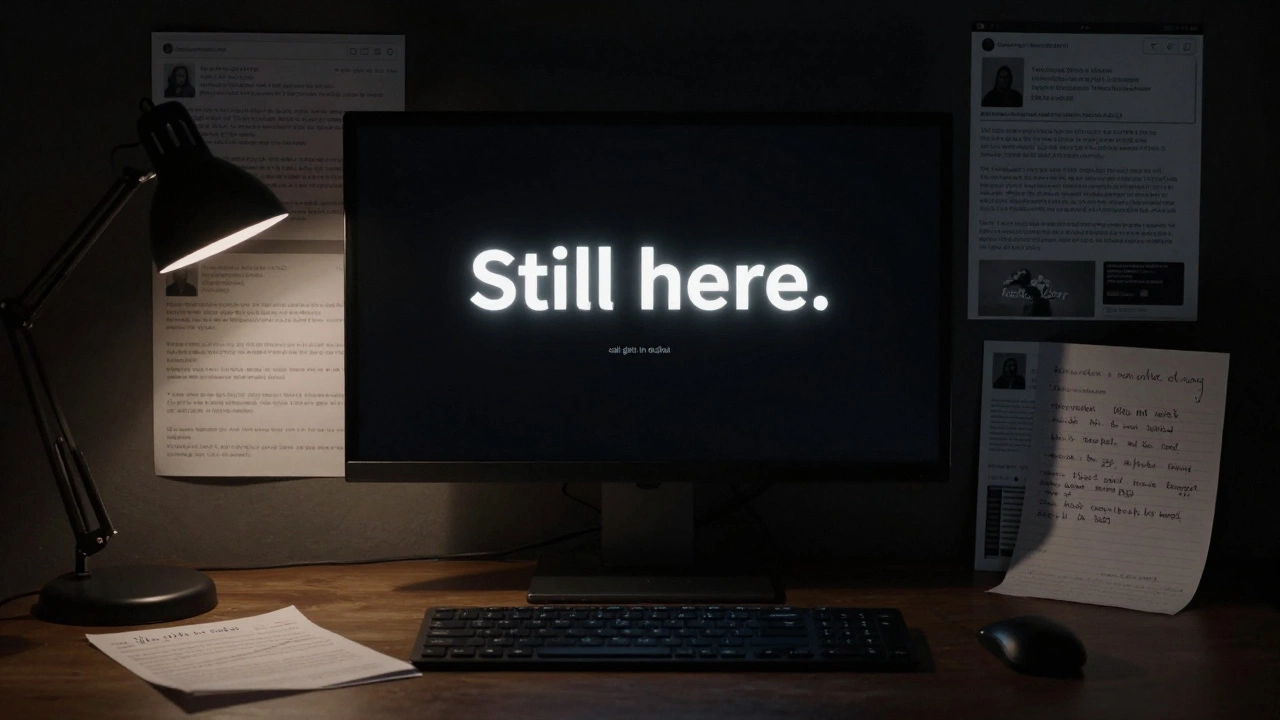
Aladinharem.link 2021 Wrap Up: The Fight Continues
by Drayton Everhart / 3 Dec 2025Aladinharem.link’s 2021 journey wasn’t about growth or trends-it was about survival. A raw, unmoderated space that refused to disappear, even when no one was watching.
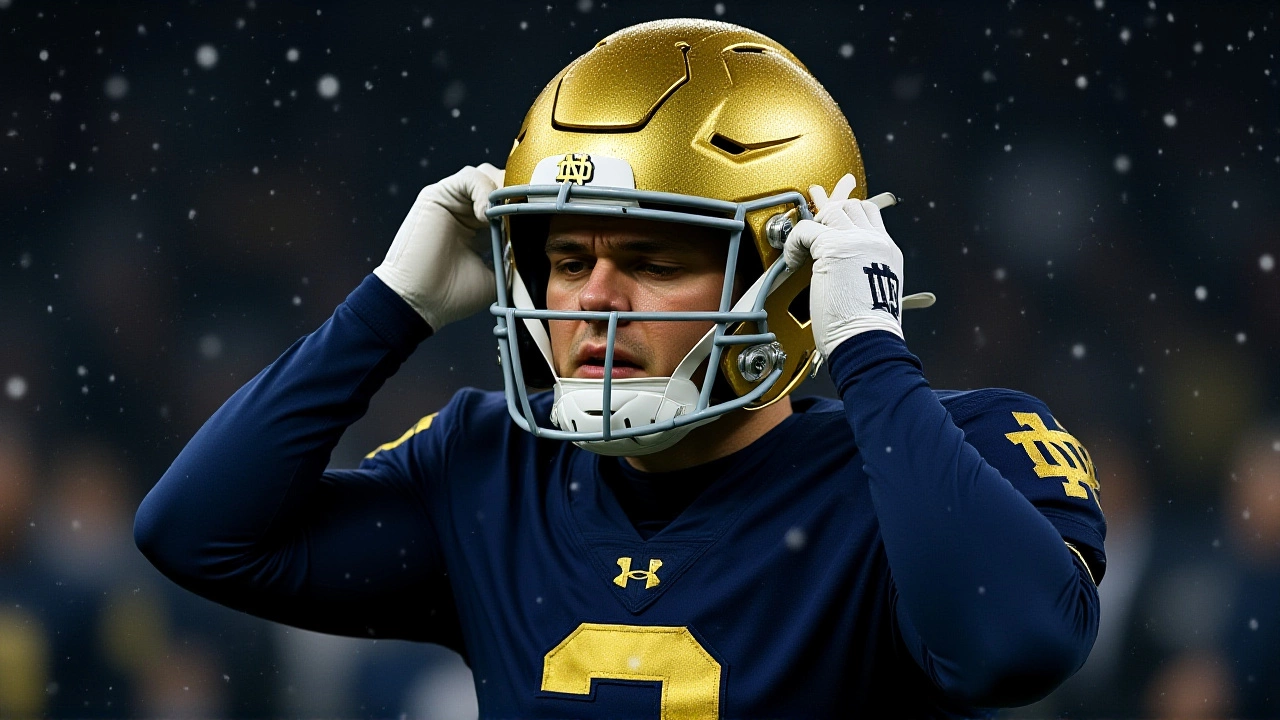
Notre Dame Crushes Syracuse 70-7 as Jeremiyah Love Stars in Heisman Push
by Drayton Everhart / 23 Nov 2025Notre Dame crushed Syracuse 70-7 on November 22, 2025, as Jeremiyah Love rushed for 171 yards and three TDs, boosting his Heisman chances. The lopsided win highlighted the growing divide between college football's elite and struggling programs.

Valencia CF and Levante UD meet at Mestalla ahead of high-stakes Derbi del Túria
by Drayton Everhart / 22 Nov 2025Valencia CF and Levante UD meet at Mestalla Stadium in a high-stakes Derbi del Túria on November 21, 2025, with both teams battling relegation after years of struggle. Valencia CF is winless in seven games; Levante seeks to prove they belong in LaLiga.
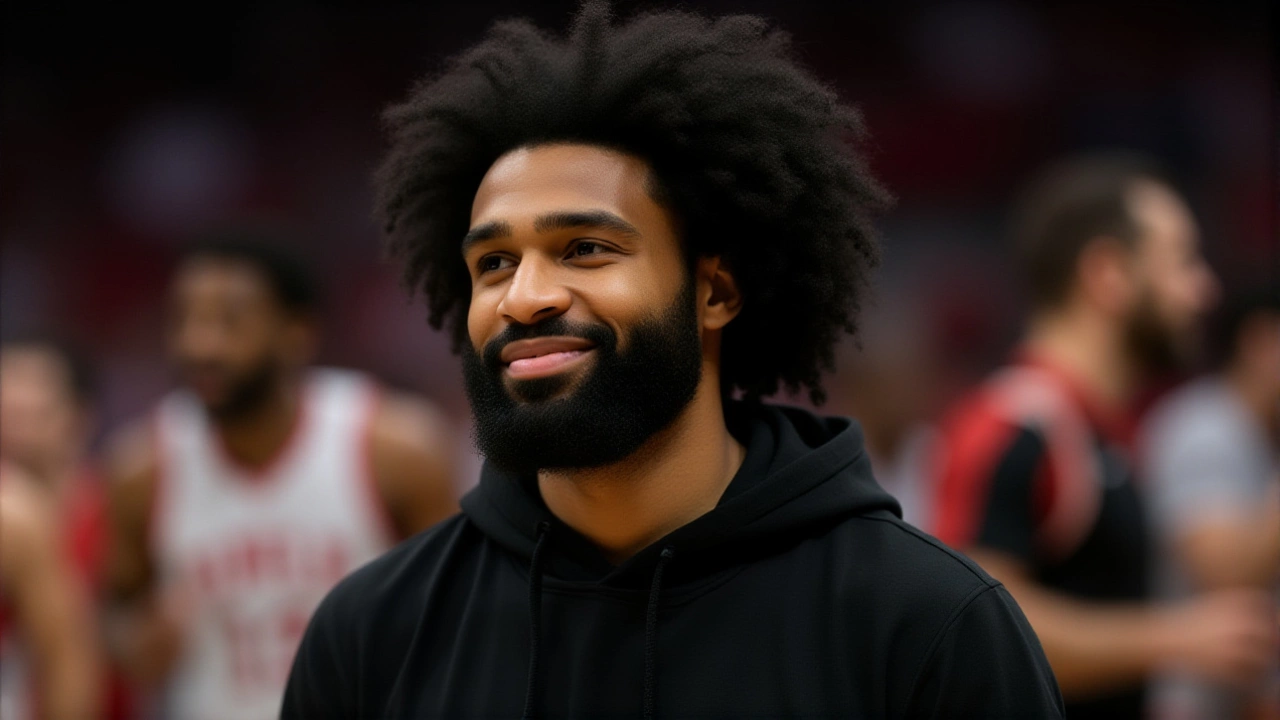
Bulls Fall 150-147 in Double OT to Jazz Despite Coby White’s 27-Point Debut
by Drayton Everhart / 17 Nov 2025The Chicago Bulls lost 150-147 in double OT to the Utah Jazz despite Coby White's 27-point debut, extending their losing streak to five games and dropping them below .500. A missed opportunity against a weaker opponent raises serious questions about their playoff chances.
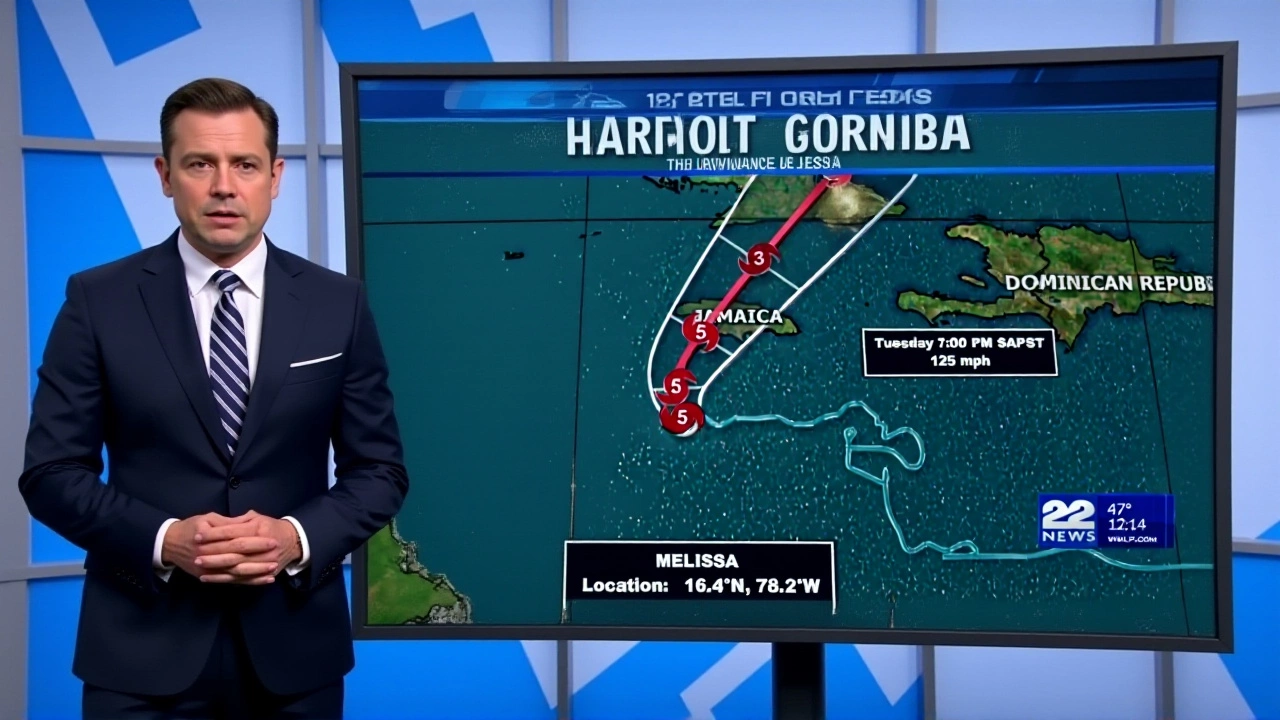
Hurricane Melissa nears Jamaica as Cat. 5 storm with 175 mph winds
by Drayton Everhart / 28 Oct 2025Hurricane Melissa, a Category 5 storm with 175 mph winds, nears Jamaica after killing four in Haiti and the Dominican Republic. The National Hurricane Center warns of 'total structural failure,' as Matthew Cappucci of MyRadar confirms its unprecedented intensity.

HBO Max’s ‘Task’ Finale Drops Oct. 19 – All Streaming Times, Recap & What’s Next
by Drayton Everhart / 20 Oct 2025HBO Max’s crime drama Task ends on Oct. 19, 2025 with the finale ‘A Still Small Voice.’ Mark Ruffalo leads the cast as an FBI task force in a critically acclaimed seven‑episode run.

George Springer’s Fiery Reaction After Back-to-Back Botched Calls Costs Jays
by Drayton Everhart / 13 Oct 2025George Springer’s outrage after two back-to-back botched umpire calls cost the Blue Jays a win, tightening the AL East race and sparking calls for MLB review reforms.

Packers vs. Cowboys ends 40‑40 tie on Sunday Night Football
by Drayton Everhart / 29 Sep 2025A historic 40‑40 tie between the Packers and Cowboys at AT&T Stadium shakes up the NFL standings, featuring standout performances from Jordan Love, James Jacobs, and Matt McManus.
